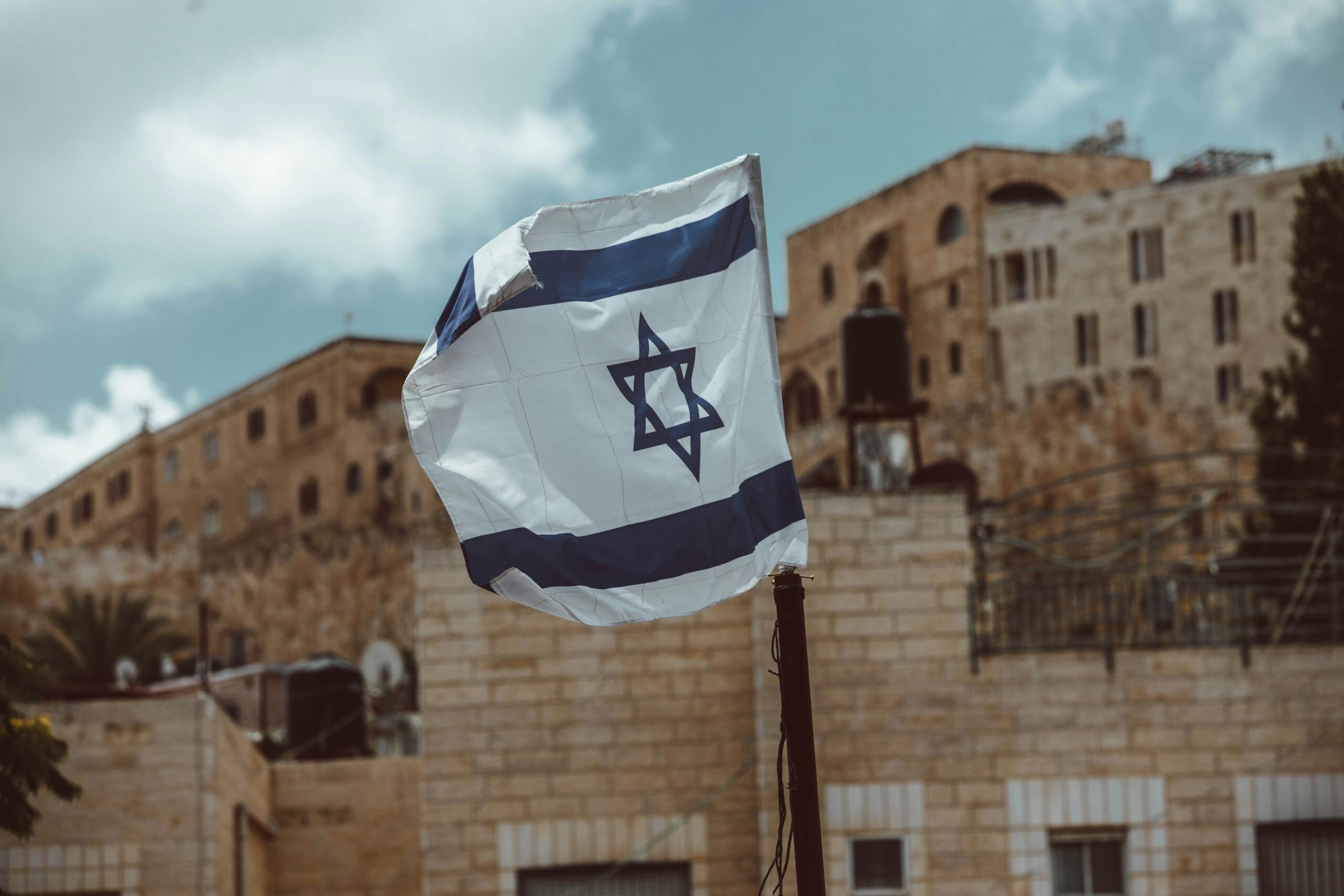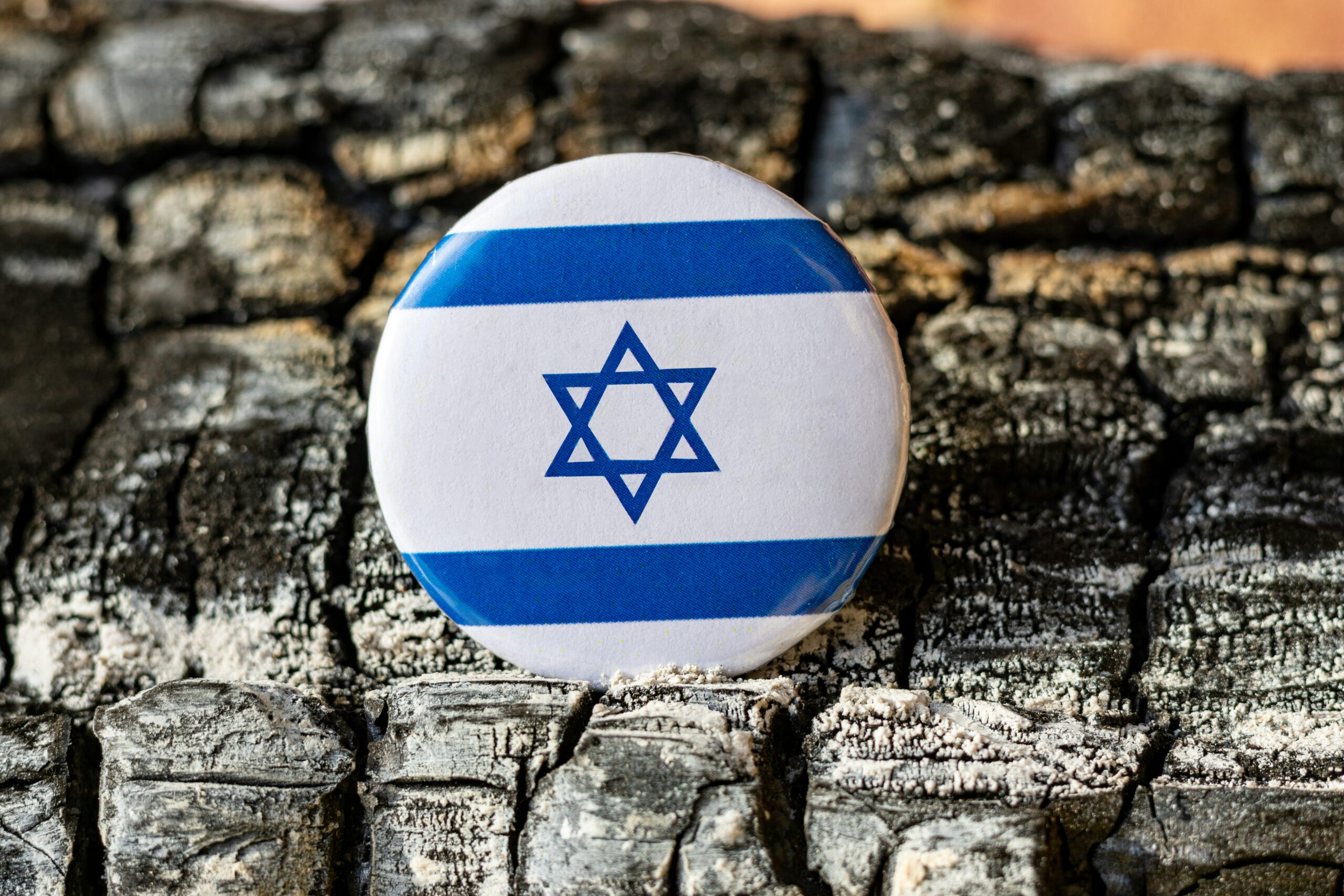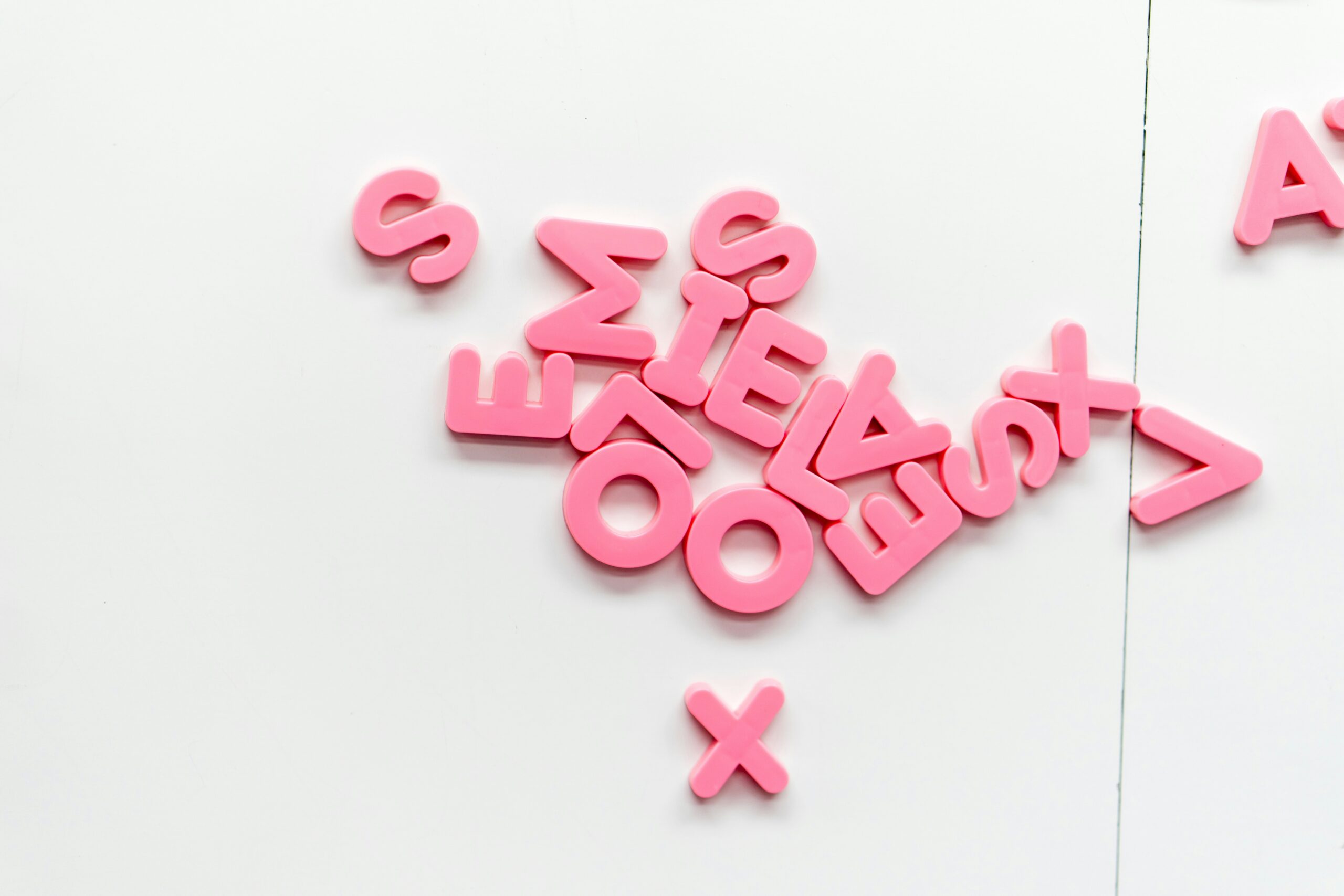In Judaism, beliefs about death and the afterlife reflect the tradition’s focus on both the sanctity of life and the importance of remembrance. While Jewish teachings emphasize living a meaningful and righteous life in this world, Jewish thought also addresses the mystery of what happens after death. Over time, different interpretations of the afterlife have emerged, and Jewish mourning rituals ensure that death is approached with dignity, respect, and a deep sense of continuity between generations.
The Afterlife in Jewish Thought
Judaism’s approach to the afterlife is diverse, with no singular, definitive doctrine. The Hebrew Bible, particularly the Torah, offers little detail on what happens after death, instead focusing on life and ethical behavior in this world. Early Jewish writings refer to Sheol, a shadowy place where all souls go after death, but the concept of reward or punishment is not heavily emphasized.
Later Jewish texts, especially in the Talmud and rabbinic literature, explore more developed ideas of the afterlife. Many Jewish thinkers believe in Olam Ha-Ba (the World to Come), a realm where the soul continues after death. This world is described as a place of peace, reunion with loved ones, and spiritual fulfillment. The concept of Gan Eden (the Garden of Eden) represents a paradise for the righteous, while Gehinnom is a temporary place of purification for those who need to atone for sins before entering the World to Come.
Some Jewish denominations, particularly in Orthodox and Conservative communities, hold strong beliefs in bodily resurrection at the time of the Messiah’s arrival, based on Talmudic teachings. Reform Judaism, on the other hand, tends to focus more on the ethical and spiritual legacies individuals leave behind, rather than specific notions of the afterlife.
Mourning and Remembrance Rituals
Jewish mourning practices are designed to honor the deceased, offer comfort to the grieving, and provide structure in a time of sorrow. The first stage is Shiva, a seven-day period of mourning where the family stays at home, receives visitors, and recites prayers, such as the Kaddish, a prayer that praises God and expresses hope for the future, rather than dwelling on death.
After Shiva, the mourning period continues with Shloshim (30 days) and for some close relatives, up to a year of mourning. These rituals are meant to help the bereaved gradually return to everyday life while still honoring the memory of the deceased.
Annually, Jews observe Yahrzeit, the anniversary of a loved one’s death, by lighting a candle and reciting prayers. This is a reminder that, although physical life ends, the memory and impact of the deceased continue to live on.
Conclusion
Jewish views on death and the afterlife are varied, yet they all stress the importance of life’s purpose and the continuation of the soul’s journey. While Judaism focuses on living a righteous life, its rituals around death and mourning provide comfort, community, and a way to ensure that the memories of the deceased are preserved for future generations.
























